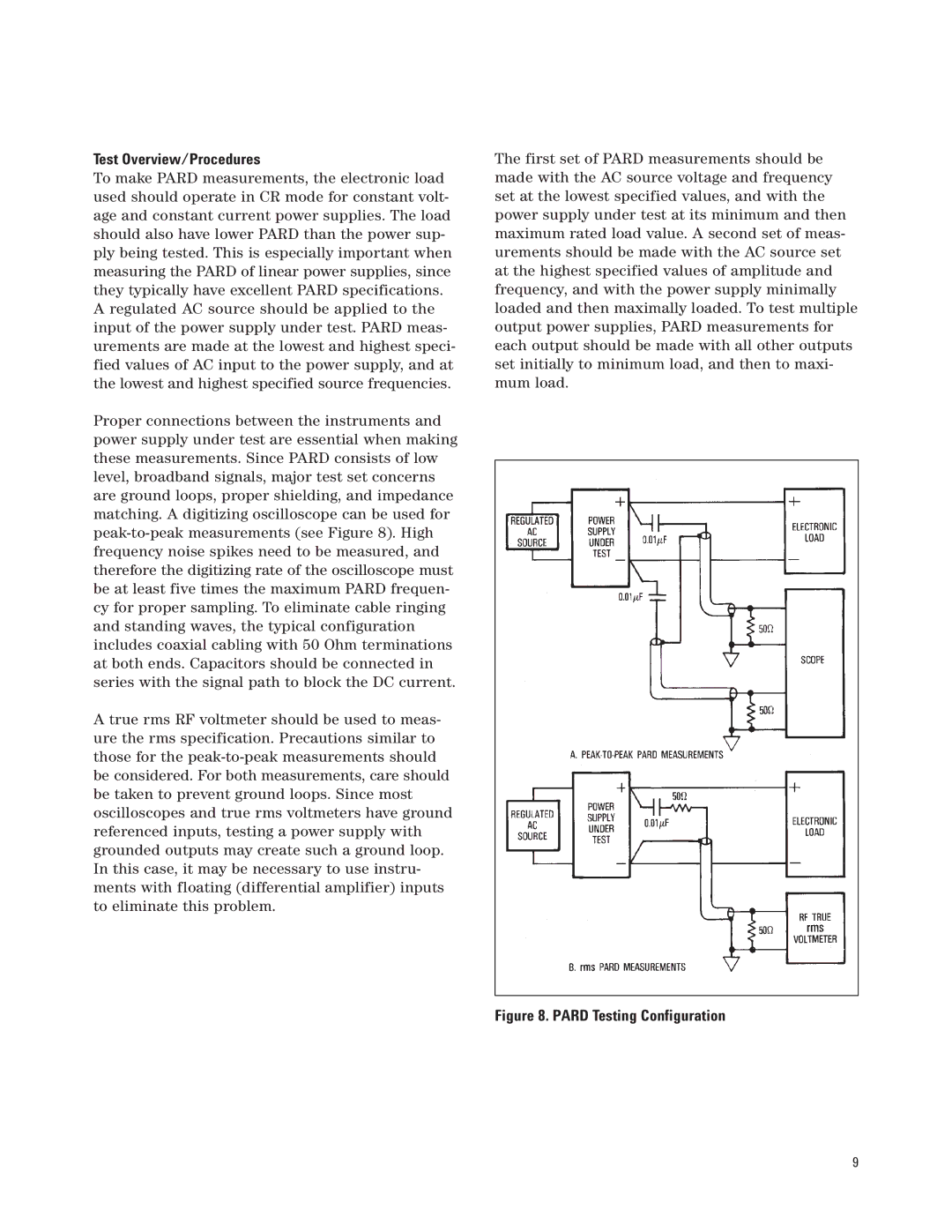AN 372-1 specifications
Agilent Technologies AN 372-1 is a versatile and highly regarded instrument in the field of electronic testing and measurement. Designed primarily for research and development, as well as validation in production environments, this advanced technology showcases Agilent's commitment to providing high-quality measurement solutions.One of the standout features of the AN 372-1 is its wide frequency range capability, enabling it to effectively measure signals across various applications. This instrument supports a frequency range extending up to 26.5 GHz, making it suitable for high-frequency applications in telecommunications, aerospace, and defense sectors. With this broad frequency capability, users can rely on the AN 372-1 for accurate and reliable measurements in the most demanding environments.
Another significant attribute of the AN 372-1 is its high dynamic range, which allows for precise detection of both weak and strong signals in the presence of noise. This characteristic is essential for engineers working to ensure signal integrity in complex systems, as it allows for the identification of issues that may otherwise go unnoticed. Coupled with a fast sweep speed, the device can quickly capture transient events or changes in signals, making it a vital tool for time-sensitive applications.
The user interface of the AN 372-1 is designed for ease of use, with a touchscreen display that simplifies interaction and data visualization. Its intuitive design enables users to set up measurements and navigate through the many options effortlessly. Furthermore, the instrument is equipped with advanced analysis features and software that enhance data interpretation and manipulation, allowing engineers to derive meaningful insights from their measurements quickly.
In addition to its measurement capabilities, the AN 372-1 supports advanced connectivity options, including USB, LAN, and GPIB. This ensures seamless integration with other instruments and systems, facilitating a more streamlined testing workflow. The ability to connect with external software also enhances its functionality, allowing users to automate processes and improve test efficiency.
The AN 372-1's rugged design ensures it can withstand the challenges of both laboratory and field use. Its build quality speaks to Agilent's commitment to creating long-lasting instruments that offer reliable performance throughout their lifecycle. Overall, the Agilent Technologies AN 372-1 stands out as a comprehensive tool for engineers and researchers requiring precise, reliable, and efficient electronic measurements across a myriad of applications.

